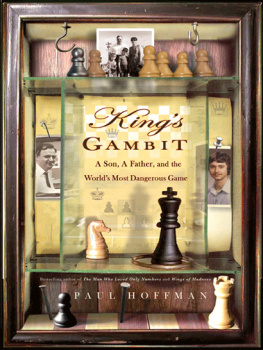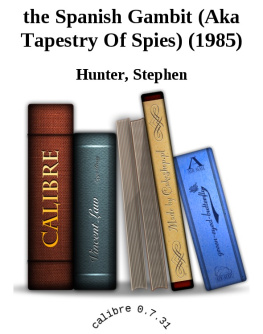Joe Gallagher - Winning with the Kings Gambit
Here you can read online Joe Gallagher - Winning with the Kings Gambit full text of the book (entire story) in english for free. Download pdf and epub, get meaning, cover and reviews about this ebook. year: 2021, publisher: Pavilion Books, genre: Home and family. Description of the work, (preface) as well as reviews are available. Best literature library LitArk.com created for fans of good reading and offers a wide selection of genres:
Romance novel
Science fiction
Adventure
Detective
Science
History
Home and family
Prose
Art
Politics
Computer
Non-fiction
Religion
Business
Children
Humor
Choose a favorite category and find really read worthwhile books. Enjoy immersion in the world of imagination, feel the emotions of the characters or learn something new for yourself, make an fascinating discovery.
- Book:Winning with the Kings Gambit
- Author:
- Publisher:Pavilion Books
- Genre:
- Year:2021
- Rating:3 / 5
- Favourites:Add to favourites
- Your mark:
- 60
- 1
- 2
- 3
- 4
- 5
Winning with the Kings Gambit: summary, description and annotation
We offer to read an annotation, description, summary or preface (depends on what the author of the book "Winning with the Kings Gambit" wrote himself). If you haven't found the necessary information about the book — write in the comments, we will try to find it.
Winning with the Kings Gambit — read online for free the complete book (whole text) full work
Below is the text of the book, divided by pages. System saving the place of the last page read, allows you to conveniently read the book "Winning with the Kings Gambit" online for free, without having to search again every time where you left off. Put a bookmark, and you can go to the page where you finished reading at any time.
Font size:
Interval:
Bookmark:

Joe Gallagher

+ | Check |
++ | Double check |
! | Good move |
!! | Excellent move |
? | Bad move |
?? | Blunder |
!? | Interesting move |
?! | Dubious move |
1-0 | White wins |
0-1 | Black wins |
Draw | |
Ch | Championship |
ol | Olympiad |
Corr. | Correspondence |
e4 | e5 | |
f4 (1) |
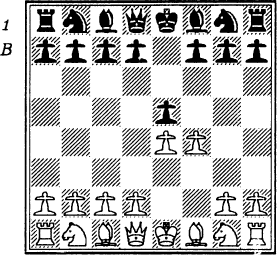
The Kings Gambit is, of course, an opening with a great history, but for the larger part of this century it has been lying dormant, a rare visitor to tournament practice. However, I am inclined to take the optimistic view and regard its demise as purely a matter of fashion.
The Spanish Game (or Ruy Lopez, who incidentally was the first person to publish Kings Gambit analysis) has now ruled the open game for countless years, but there is evidence that its reign could be drawing to a close. The last few years have witnessed an upsurge in the popularity of Scotchs, Viennas and Four Knights, including at the highest level - Kasparov used the Scotch with success in his latest match with Karpov, and Short employed various antiquated systems in his most recent Candidates tussle with Speelman, even a couple of Kings Gambit Declineds by transposition. I believe it can only be a matter of time before the Kings Gambit (proper) joins in this revolution. I know that many players have been toying with the idea of introducing the Kings Gambit into their repertoire, but have not yet found the courage to push that f-pawn two squares on their second move. My hope is that this book will help to allay many of their fears.
Winning With the Kings Gambit, as the title should inform you, is a look at this opening from the White point of view. Whilst I have endeavoured to remain as objective as possible in my assessments of positions, much more time has been devoted to finding new ideas for White, rather than attempting to refute existing theory where White already stands well. I see this as a task for our future opponents.
The theoretical revival of the Kings Gambit is really not that surprising, as it has always been based on sound positional principles. If Black accepts the gambit, then White is normally able to build a strong centre and if Black gives (or loses) the pawn back, White will also achieve a space advantage on the kingside. When Black plays to keep the material with... g5, then White usually does best to undermine the pawn chain as quickly as possible by playing h4 (see the chapters on Fischer or Kieseritzky, for example), forcing Black to advance... g4, which can often lead to a wrecked kingside.
The format of this book is one which is becoming increasingly popular and involves studying the opening through a series of annotated games. This is extremely important, as it enables the reader to familiarise himself (or herself) with the middlegame positions (and occasionally endgames) which arise from the Kings Gambit.
This is a book for the practical player (but also one who will appreciate the special buzz around this opening), and for that reason not all variations of the Kings Gambit are included, but only those which offer White good chances of obtaining the advantage. However, the chosen variations have been analysed in depth, as often it can be just as important to know which variations are bad (and why) as to which are good. The repertoire is based on the Kings Knight Gambit, so my apologies to those fans of the Bishops, and various other third move gambits, but my advice to you is to start playing 3 f3.
e4 | e5 | |
f4 | ef | |
f3 | d6 (2) |

Over the last few years this variation has developed into the most popular way of accepting the gambit. Personally, I feel quite happy about this as Black seems to be struggling in most of the lines. I only hope that this chapter wont frighten off any potential opponents!
After his famous defeat against Spassky at Mar del Plata 1960, the great Bobby decided to refute the Kings Gambit. In the summer of 1961, the American Chess Quarterly published his analysis. A high-class waiting move, was how he described 3... d6.
The main point of the variation is demonstrated after the moves 4 d4 g5 5 h4 g4. White does not have the possibility of 6 e5, as in the Kieseritzky Gambit. Therefore he has to go all in with 6 g5 (not to be recommended, Im afraid) or return to base with the rather sad-looking 6 g1 (3), when quite a comical position has arisen on the board - after six moves neither side has managed to get a piece off the back rank!
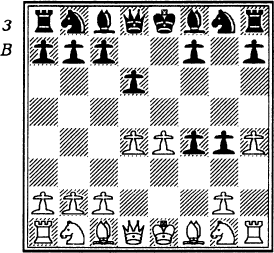
At the moment, Black is a pawn up but f4 is seriously weak and, if White manages to restore material equality without any sideeffects, Blacks punctured kingside will not allow him an easy game. Lets have a look at some games to see how Black attempts to solve his problems.
Game 1
Gallagher - Conquest
British Championship,
Blackpool 1988
e4 | e5 | |
f4 | ef | |
f3 | d6 | |
d4 |
White does have other possibilities, but 4 d4 is clearly the most critical. However, the plan of c4 followed by d3 is also interesting and can be seen later in games 9 and 10.
... | g5 |
Other moves have been tried from time to time without much success, for example: 4... f6 5 c3 h5 6 e2 (maybe 6 d3, d2 and 0-0-0) 6... g4 7 0-0 c6 (7... g6 8 d5) 8 e1! xe2 9 xe2 g6 10 d3 leaves White with a clear advantage.
h4 |
5 c4 is illogical: if White wants to play this he should play it on the fourth move, as then Black is forced play... h6. The Dutch player Bosboom has experimented with 5 c3, his idea being 5... g4 6 xf4 and on with the game. His game with Ermenkov, Amsterdam 1985, continued instead: 5... g7 6 h4 g4 (6 ... h6 should be considered) 7 g1 c6 8 b5 d7 9 xc6 bc 10 xf4 e7 11 h5 with advantage to White. Further tests awaited!
... | g4 | |
g1 |
As already mentioned, 6 g5 runs into trouble. Not because of 6... h6 though, as after 7 xf7 White has a decent version of the Allgaier Gambit (if there is such a thing), but 6... f6! and after 7 h3 gh 8 h5+ d7 9 xf4 e8! 10 f3 d8 White doesnt have enough for the piece (Fischer).
Font size:
Interval:
Bookmark:
Similar books «Winning with the Kings Gambit»
Look at similar books to Winning with the Kings Gambit. We have selected literature similar in name and meaning in the hope of providing readers with more options to find new, interesting, not yet read works.
Discussion, reviews of the book Winning with the Kings Gambit and just readers' own opinions. Leave your comments, write what you think about the work, its meaning or the main characters. Specify what exactly you liked and what you didn't like, and why you think so.


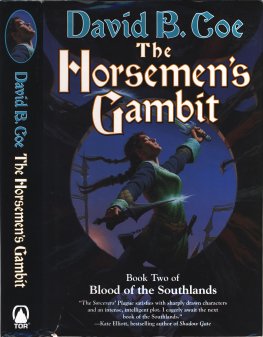
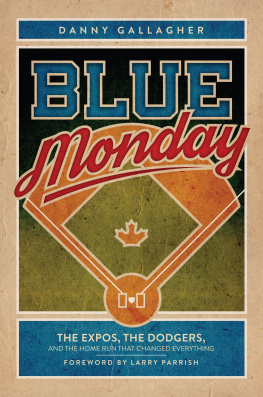
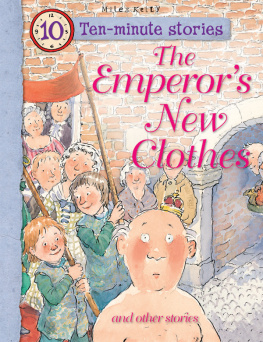
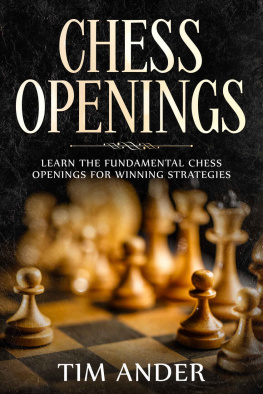



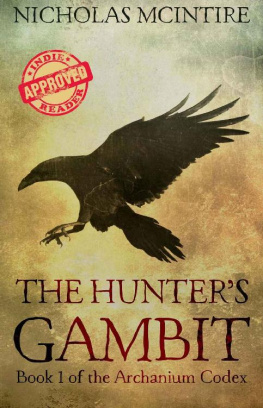
![Ronald R Koegler - Benitos gambit : [a novel]](/uploads/posts/book/63600/thumbs/ronald-r-koegler-benito-s-gambit-a-novel.jpg)
